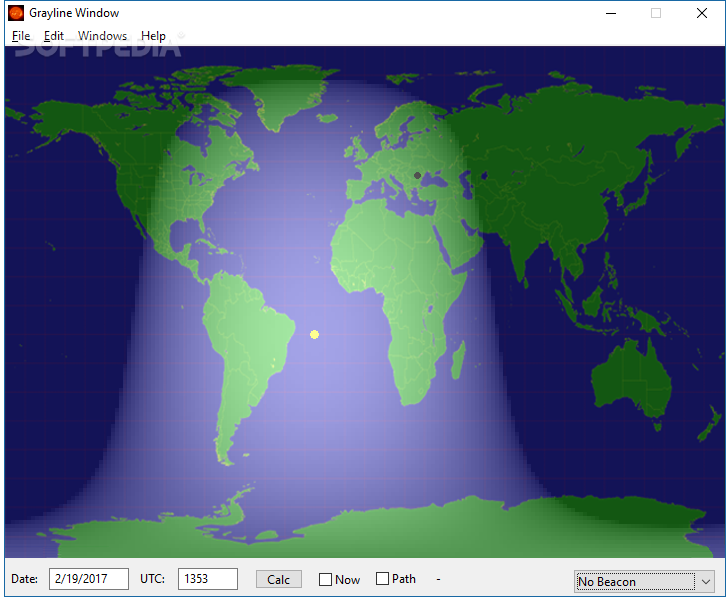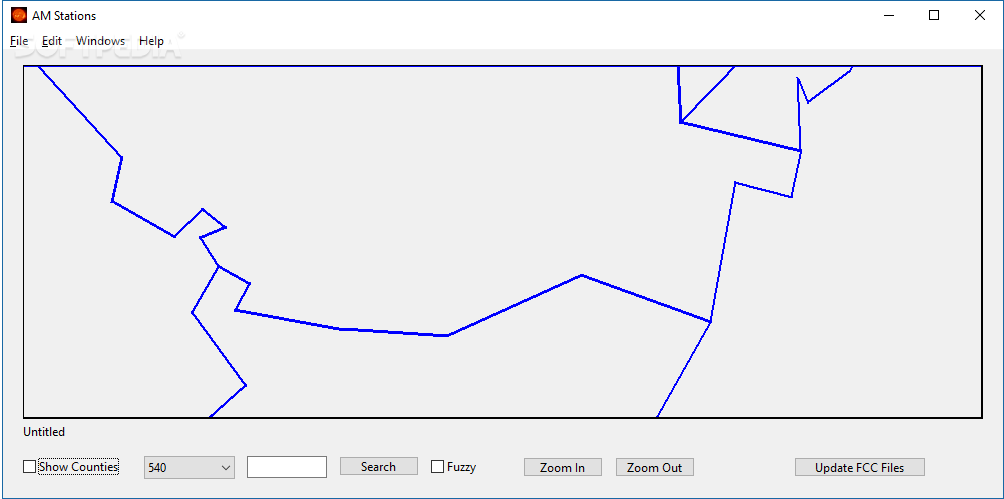

The application of stable isotope measurements of both the organic and inorganic components of food webs has had a long and impressive history, and such measurements are now an indispensable tool for elucidating food web structure, nutrient and contaminant flows, and the foraging ecology of individuals and populations ( Peterson and Fry, 1987 Rundel et al., 1989 Lajtha and Michener, 1994 Fry, 2006 Michener and Lajtha, 2007 Martínez del Rio et al., 2009 Boecklen et al., 2011).


We highlight directions for targeted research that will increase our understanding of how these markers move through food webs and reflect ecological processes. Although a coherent framework for interpreting δ 2H and δ 18O data in the context of food web studies is emerging, many fundamental uncertainties remain. In some organisms, the isotopic ratios of these two elements are tightly coupled, whereas the isotopic disequilibrium in other organisms may offer insight into the diet and physiology of individuals. Finally, coupled measurements of δ 2H and δ 18O values are increasing as a result of reduced analytical challenges to measure both simultaneously and may provide additional ecological information over single element measurements. Next, some studies have identified a relationship between δ 2H values and trophic position, which suggests that this marker may serve as a trophic indicator, in addition to the more commonly used δ 15N values. autochthonous nutrient sources in freshwater systems and relative aquatic habitat utilization by terrestrial organisms. First, large δ 2H differences between aquatic and terrestrial ecosystem end members can permit the quantification of energy inputs and nutrient fluxes between these two sources, with potential applications for determining allochthonous vs. We explore the advantages and challenges associated with three applications of δ 2H and δ 18O values in food web studies. Recently, innovative applications using δ 2H and, to a lesser extent, δ 18O values have demonstrated potential for these elements to provide novel insights in modern food web studies. In contrast, stable hydrogen (δ 2H) and oxygen (δ 18O) isotope measurements have typically been reserved for studies of migratory origin and paleoclimate reconstruction based on systematic relationships between organismal tissue and local environmental water. The measurement of stable carbon (δ 13C) and nitrogen (δ 15N) isotopes in tissues of organisms has formed the foundation of isotopic food web reconstructions, as these values directly reflect assimilated diet. 3Department of Biology, University of Western Ontario, London, ON, Canada.1Department of Geology and Geophysics, University of Utah, Salt Lake City, UT, USA.


 0 kommentar(er)
0 kommentar(er)
